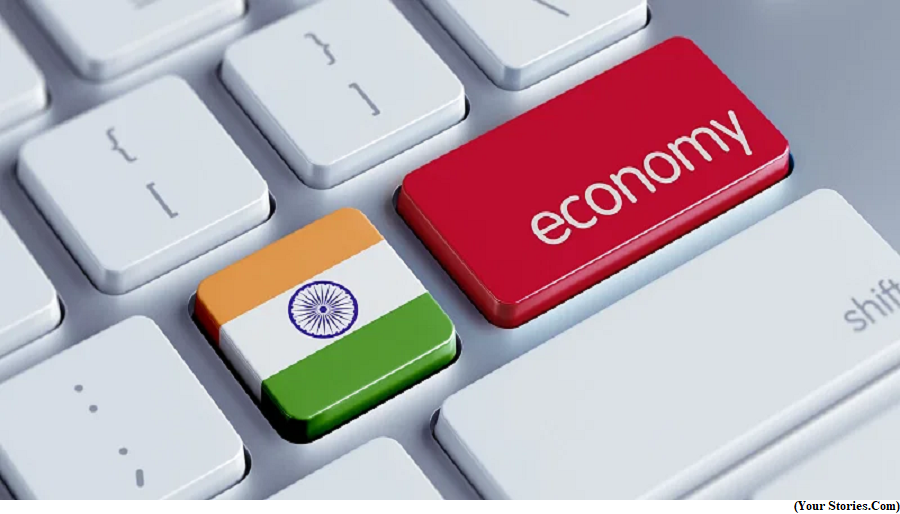What is a developed country, a status India is aiming to achieve by 2047? (GS Paper 3, Economy)

Why in news?
- Addressing the nation on 77th Independence Day, Prime Minister said that India will be a developed country by 2047.
- He also said that during his third term, India would become the third-largest economy. It is currently the fifth largest.
What is a developed country?
- A developed country typically has a mature and sophisticated economy. These economies may not have a high growth rate currently but must have shown rapid growth in the past.
- Developed countries have advanced technological infrastructure and diverse industrial and service sectors. Their citizens typically enjoy access to quality health care and higher education.
How is a country considered developed?
- Several factors are considered to determine if a country is developed or not.
- The economic factors include per capita income, level of industrialisation, the general standard of living and technological infrastructure.
- The non-economic factor includes the human development index, which measures several parameters like levels of education, health and literacy.
Per capita income:
- The main benchmark that is used to determine the level of development of an economy is per capita income. It is generally derived by dividing a country's gross domestic product (GDP) by its total population.
- Some economists consider $12,000 to $15,000 per capita income to be sufficient for developed status. Others, however, consider a country to be developed if its per capita income is above $25,000 or $30,000.
- According to the World Bank, India's per capita income is around $2,400. At the same time, USA's and China's per capita incomes are $76,400 and $12,700, respectively.
Standard of living and other measures:
- For countries that are difficult to categorise according to per capita income, economists turn to the standard of living for measurement.
- Most developed countries have less than ten infant deaths per year per 1,000 live births. Moreover, they have a life expectancy of over 75 years.
- One such example is Qatar. It has one of the highest per capita incomes in the world at $88,000.
- However, it is not considered developed due to vast income inequality and a lack of educational opportunities for citizens.
Human Development Index:
- The United Nations' HDI ranks countries on three parameters: literacy rate, education access and healthcare.
- The countries are scored between 0 and 1 based on these three parameters.
- A country with an HDI index over 0.8 is generally considered developed. According to the latest data, India's score is 0.633, and it stands at 132nd place out of 192 countries ranked.
Which Asian countries are ‘developed’?
- According to the International Monetary Fund, Australia, Hong Kong, Japan, Korea, New Zealand, Singapore, and Taiwan can be categorised as developed countries.
- The list of ‘emerging’ or developing economies includes names like China, India, Malaysia, Thailand, Philippines and Vietnam.
Army aims to fast-track Future Ready Combat Vehicle to replace T-72 tank
(GS Paper 3, Defence)
Why in news?
- The Indian Army is in the process of finalising the technical parameters of Future Ready Combat Vehicle (FRCV), which will gradually replace T-72 tanks. The plan is to have the first prototype in four years and inductions starting 2030.
- The project is currently in the feasibility study stage, to be followed by the issuance of the Preliminary Staff Qualitative Requirements (PSQR) in a few months.

Details:
- The Army had floated Request for Information (RFI) for FRCV in June 2021. The project for procurement has attained the Approval in Principle (AIP) under the Make-I Category, which involves government funding of up to 90 percent, released in a phased manner based on the progress of the project.
- The FRCV will be developed under the Make-I category involving the ‘Indigenously Designed, Developed and Manufactured’ (IDDM) component, which requires the platform to not only be designed indigenously but also have a minimum of 50 percent indigenous content.
- Once commissioned, the FRCV are expected to remain in service for a period of 35-45 years.
Key features:
- The combat weight of the FRCV is envisaged to not exceed 60 tonnes as opposed to the 45-tonne T-72 tanks which they seek to replace.
- The FRCV would be designed to carry a crew of four troops. Moreover, the Army has expressed its need to be able to transport the FRCV by aircraft, ships, rail and road.
- As for firepower and lethality, it is conceptualised that the calibre of the main gun would be of 120 mm and above, capable of engaging targets in static and dynamic mode by day and night using suitable ammunition.
Make-I projects:
- The FRCV is among the six big-ticket Make-I projects in the works at various stages, besides Light Tanks, Tactical Communication Systems and the Terminal End Secrecy Device etc.
- The Terminal End Secrecy Device could enable formation commanders to disseminate classified material in a secure manner.
- Under various schemes and categories of the Make in India initiative, the Army is also procuring niche technologies like logistic and nano drones, counter-drones, loitering munitions, Unarmed Aerial Vehicle-launched precision-guided missiles and Automatic Spectrum Monitoring Systems.



